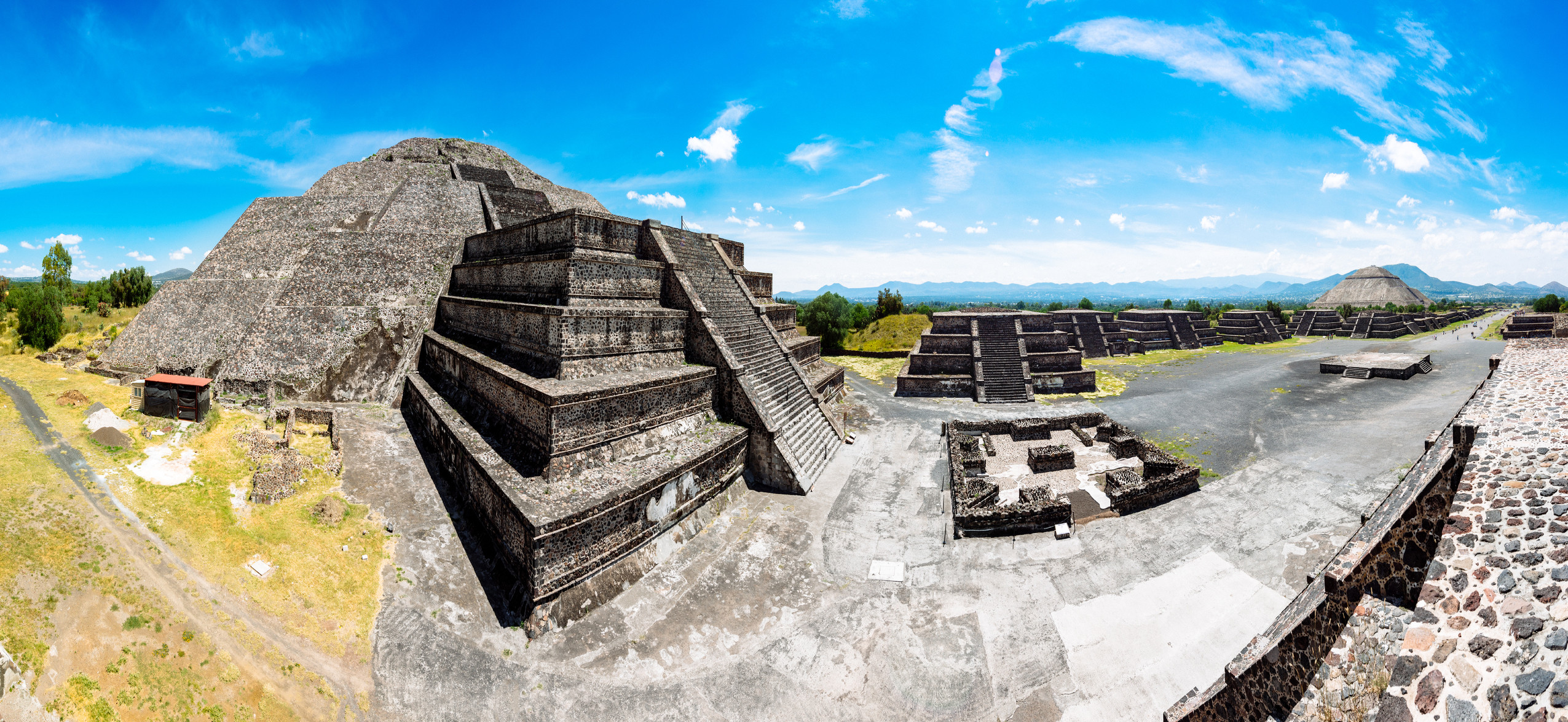Scientists still aren’t exactly sure how ancient Egyptians built the pyramids, and now there’s a new mystery that’s waiting to be solved. Japanese and French scientists have located a large void within the Great Pyramid of Giza on the outskirts of Cairo. The cavity is located in the Khufu, or Cheops, monument. It’s unclear why the cavity is there and whether it contains anything valuable inside.
The Great Pyramid was built during Pharaoh Khufu’s reign between 2509 and 2483 BC. It is 460 feet high and the biggest of the Giza pyramid complex. It consists of three large interior chambers and several passageways. The newly discovered cavity is located above what is known as the Grand Gallery.
Mehdi Tayoubi from the HIP Institute in Paris explained in a press briefing: “We don’t know whether this big void is horizontal or inclined; we don’t know if this void is made by one structure or several successive structures. What we are sure about is that this big void is there; that it is impressive; and that it was not expected as far as I know by any sort of theory.”
The ScanPyramids team revealed their findings after examining the famous pyramids for the past two years, reports the BBC. Scientists used muography to identify the cavity. The technique allows researchers to locate density changes inside rock, including volcanoes and glaciers.
It’s possible the void may have been created by the builders of the pyramid to prevent collapse. But one of the team’s leaders, Hany Helal from Cairo University, believes the space is too large to serve as a means of relieving pressure.
He explained, “What we are doing is trying to understand the internal structure of the pyramids and how this pyramid has been built. Famous Egyptologists, archaeologists, and architects – they have some hypotheses. And what we are doing is giving them data. It is they who have to tell us whether this is expected or not.”
The scientists used special film to detect subatomic particles called muons, which can’t be seen with the naked eye. Muons move through empty spaces easier than solid spaces. Muon detectors allow scientists to identify solid and empty spaces.
The cavity doesn’t appear to be connected to any known corridors, and there are no plans to drill into the space. Researchers will try to glean information from the void by using noninvasive means.
Salima Ikram, an Egyptologist at the American University in Cairo, told National Geographic: “There’s lots of heavy, thick rock, and by drilling something, you don’t know how you will affect the entire thing. If there’s something behind the Mona Lisa, would you want to wipe her clean and see what’s behind her? You really have to preserve the integrity of the monument.”


